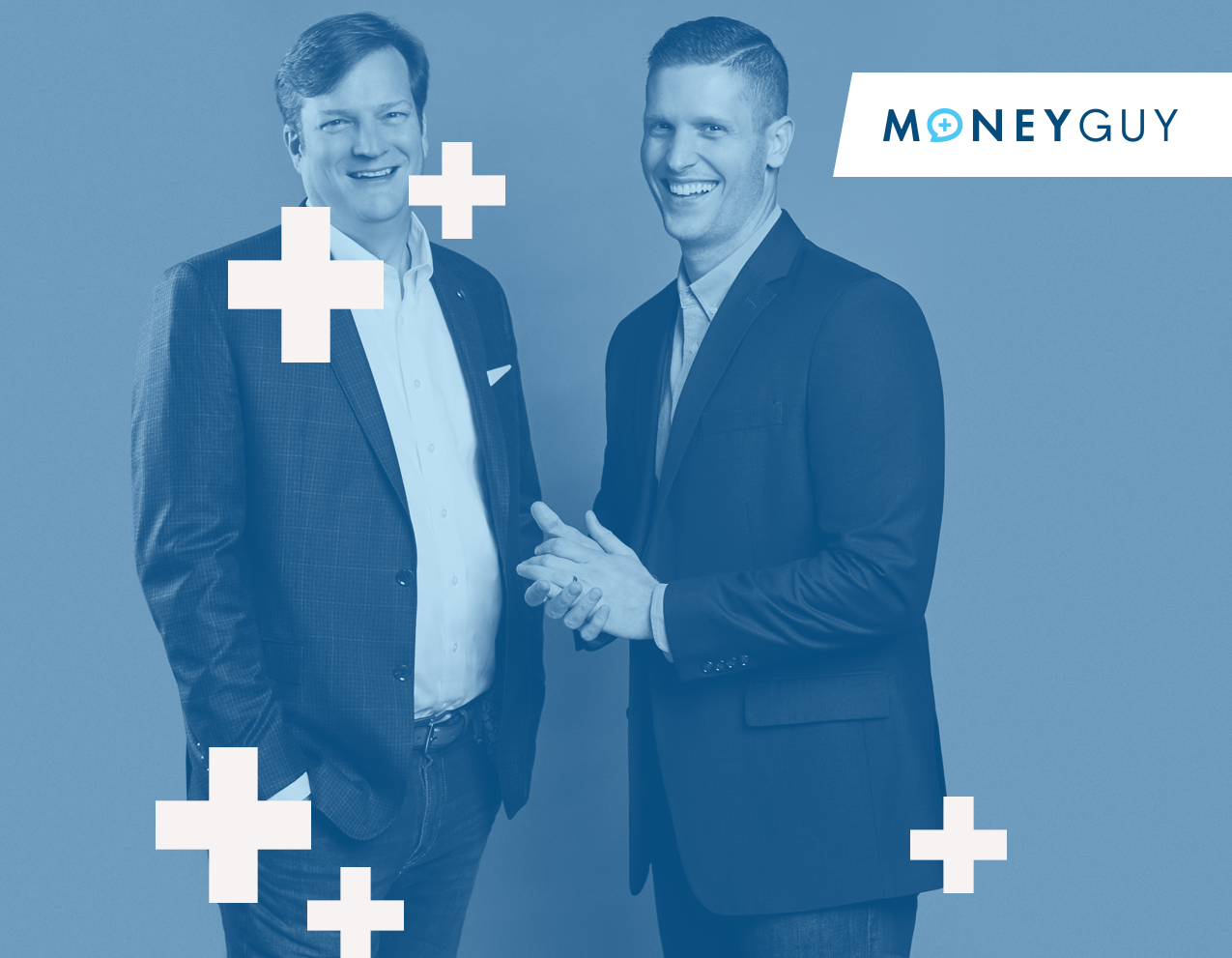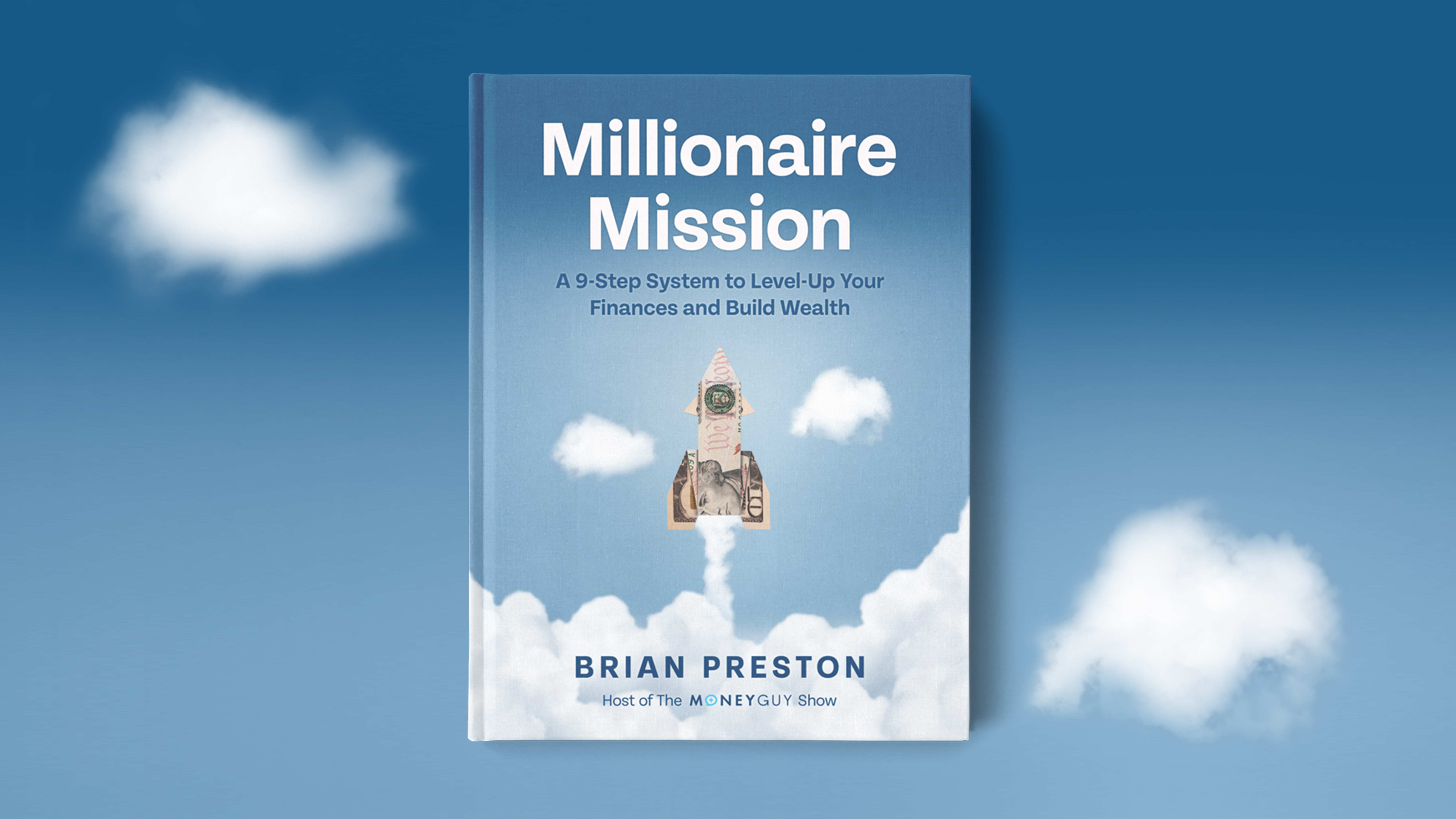
Change your life by
managing your money better.
Subscribe to our free weekly newsletter by entering your email address below.

Subscribe to our free weekly newsletter by entering your email address below.
The majority of subscriber questions that I receive focus on 401ks and other employer provided retirement plans. I have finally recognized that I need to focus on helping you maximize your retirement accounts.
Common Mistakes on managing your Retirement Plan:
Follow the provided steps to correct and maximize your retirement savings:
First: Locate and organize your retirement plan investment options
Investment options within retirement plans can vary widely. Some plans offer 6-10 investment choices while others can offer thousand of different investment choices. You will need to determine what is availabe to you so that you can better evaluate how the investments will work with your retirement goals, risk profile, and other outside investments. (Note: If your plan uses mutual funds make sure you track down the ticker symbols for each investment option – more on this later).
Second: Review Your Retirement Goals
Third: Asset Allocation and Risk Profile:
Your risk profile will be one of the primary foundations for determining how to allocate and manage your retirement plan option.
Fourth: Objective analysis of investment options and fees:
Yahoo with the help of Morningstar data has an outstanding fund analyzer (Yahoo Finance Fund Profile) that lets you research your investments “fees & expenses”, “Morningstar Style Box”, and “Annual Holdings Turnover”. The great part of the site layout is that in addition to your funds information it also contains the category average for your investment. This is a great way for you to evaluate the strengths and troubled spots for your investment options.
To use the tool click on the link provided above and then enter your investment options ticker symbol in the box on the right side of the screen labeled “Get Profile for:”. Once you have the fund profile you can also use the site to research past Performance, Holdings, Risk, and Purchase Info
Let’s Discuss what you need to focus on to research and analyze your investments:
Profile – Determine where the fund falls in the “Morningstar Style Box”. This will help you determine how the fund fits into your asset allocation. Review the Fees & Expenses of the fund (the lower the better). Try to avoid paying commissions (12b-1 fees, Front End Sales Load, Deferred Sales Load). Also review the “Annual Holdings Turnover”. Remember that we are buy and hold investors so a low turnover ratio is good and will usually mean lower expenses as well. The only exception is for small and international investments (they typically have higher turnover).
Performance –
A good way to determine if you can handle the risk of the fund is to review the Best/Worst 1-Yr and 3-Yr returns. This is what I describe as a true gut check. Also review the “Annual Total Return (%) History” to see how the fund has performed compared to the Category average.
Risk –
Focus on the following statistics: Alpha (measure of risk adjusted performance; positive is good), Beta (risk in relation to the market; usually the S&P 500), R-squared (% of an investments movements that are explained by movements in the index)
Fifth: Check Beneficiaries
Please make sure that you review the beneficiaries that you designated on your retirement plan. This will protect your loved ones in case something happens to you. There are huge tax advantages to having your assets pass through Beneficiary Designation versus through your Will. Also make sure you name contingent beneficiaries as well, and you may want to consider adding “Per Stirpes” to your beneficiary designations to ensure that all branches of your family receive their shares of the assets.
Closing Thoughts for those stuck in a bad plan:
If you have a plan that is investing in high cost annuities or mutual funds with outrageous commissions and fees provided below are a few items to bring to your employers attention:
Fiduciary Responsibility is no laughing matter! – ERISA law takes a fiduciary’s responsibilities so seriously that they can be held personally responsible for the results of their decision making. The three areas of a plan sponsor’s fiduciary responsibilities include:
Bosses and owners of companies need to be very careful because many believe that this is the next area of increased scrunity by Federal and State authorities, and since this impacts the financial indepence of the majority of workers out there (remember pension plans are all but extinct) the financial risk to companies is tremendous.
If you need support documents to help you bring this to your company’s attention go to this series of articles by ADP.
Subscribe on these platforms or wherever you listen to podcasts! Turn on notifications to keep up with our new content, including:


Financial Order of Operations®: Maximize Your Army of Dollar Bills!
Here are the 9 steps you’ve been waiting for Building wealth is simple when you know what to do and…
View Resource
We’re So Excited To Welcome Caleb Hammer to The Money Guy Show!
Read MoreThe IRS Just Changed the Rules About 401(k)s (What You Need to Know)
Read MoreAre $1,000 Car Payments Becoming the New Norm?!
Read More

How about more sense and more money?
Check for blindspots and shift into the financial fast-lane. Join a community of like minded Financial Mutants as we accelerate our wealth building process and have fun while doing it.




It's like finding some change in the couch cushions.
Watch or listen every week to learn and apply financial strategies to grow your wealth and live your best life.
Subscribe to our free weekly newsletter by entering your email address below.